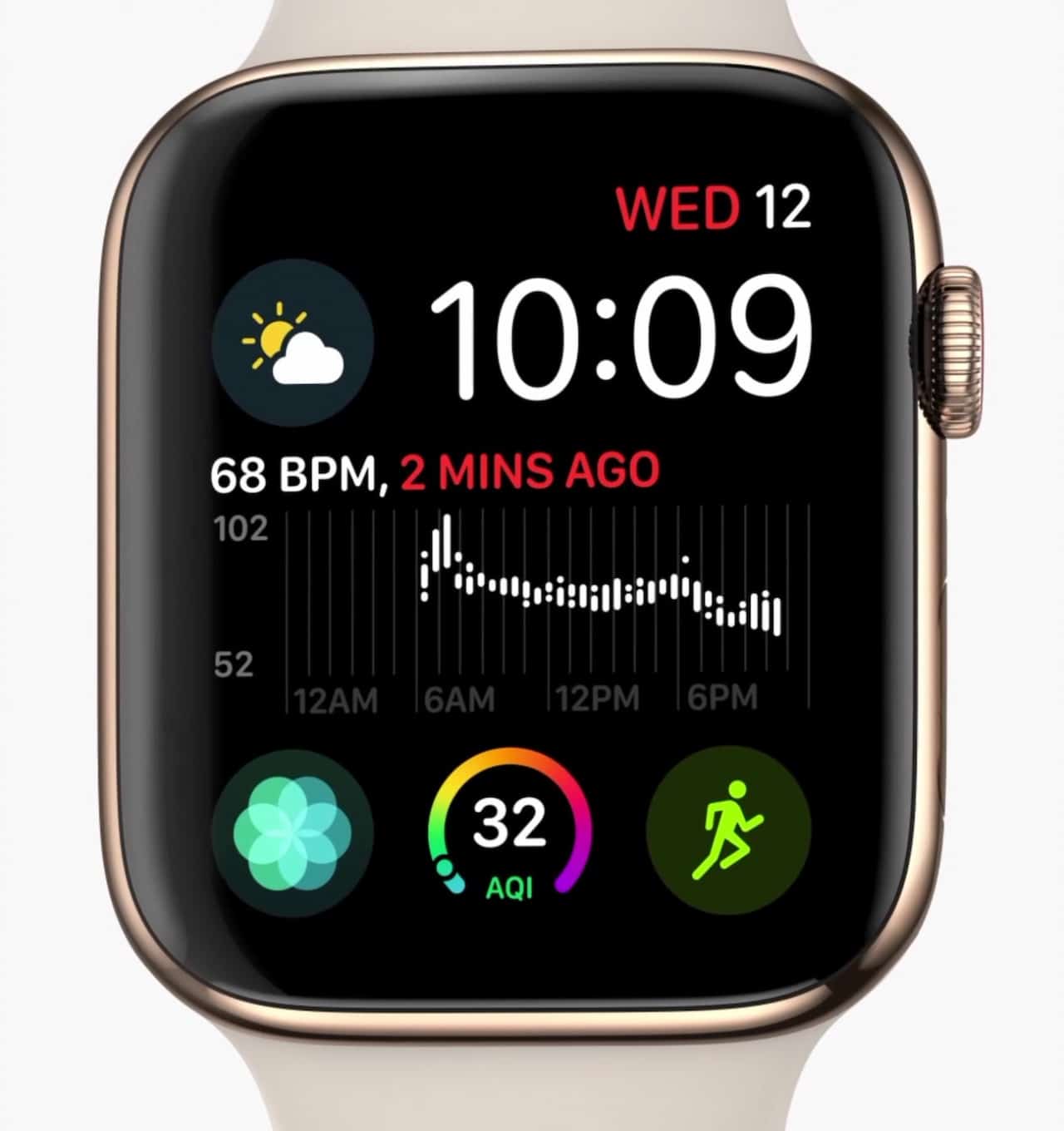TEN THINGS ABOUT YOUR MORNING HEART RATE
(1) The heart. The heart pumps oxygen-rich blood to every part of the body. It acts like an engine — the harder you twist the throttle, the faster your heart has to beat to keep the blood flowing. Your heart rate changes throughout the day according to your level of exertion.
(2) Heart rate. The number of times your heart beats in one minute can tell you a lot about yourself. Knowing your morning heart rate and monitoring changes can help you assess your general health and fitness, determine whether you’re overtraining, or give you a heads up that you may be coming down with an infection.
(3) Morning heart rate (MHR). It’s a good idea to check your heart rate as soon as you wake up, since that’s when your heart rate is most consistent. Tracking your MHR can take a lot of the guesswork out of developing an efficient training program. Changes in your MHR can tell you if you’re overtraining or under-training, and keep you on track to achieve optimum performance.
(4) Reminder. The toughest part about keeping track of your MHR is getting in the habit of doing it. You will need to find a way to remind yourself until it becomes routine. Leave a sticky note on your alarm clock or a message on your phone — anything that will help you remember before you get out of bed. Otherwise, your numbers will be inconsistent, and consistency is key.
(5) How to. You can measure your heart rate by placing your index and middle fingers together at the joint line of your opposite wrist. Rest your fingertips on either side of the joint line until you feel your pulse. When you’ve found it, count the number of beats for a full 60 seconds to get an accurate heart rate. You can also use a heart-rate monitor, Apple watch or a smartphone with an app that uses your camera and fingertip to take your pulse.
(6) Baseline. After recording your heart rate for a few weeks, you will know your average morning heart rate, and you will be able to track changes.
(7) Changes. After you determine your average MHR, you are ready to analyze the small changes in your heart rate. You will start to notice that the day after a hard training session, your MHR increases. There will be days when you feel good and want to do an intense workout, but if your MHR is through the roof, it means your heart is working overtime to recover from your previous workout, or you might be getting a cold. Always listen to what your heart rate is telling you. If your MHR is lower than normal, it could indicate that you are becoming more fit, or it could mean that you should be training harder. As you start to see patterns in your MHR, you will become better at interpreting the changes.
(8) Factors. Of course, there are other factors that can affect your morning heart rate. If you are a smoker, on certain medications or have a tendency to ingest large amounts of caffeine, your MHR may not be an accurate reflection of your health and fitness.
(9) What it should be. A normal MHR is anywhere from 40 to 100 beats per minute. If it varies by more than 10 beats from your average, it is a red flag indicating that something isn’t right. It could be due to serious overtraining or an infection. An ideal MHR range is 60 to 90 beats per minute. Woman typically have average heart rates around five beats higher than men’s.
(10) Are you fit? As you say to yourself, “Heck, yeah. I’m fit,” let us humble you. World-class athletes (top motocross riders included) can have MHRs as low as 28 to 40 beats per minute. The better conditioned your heart is, the lower your MHR should be. According to the American Heart Association, the average, healthy, moderately active male has an MHR of 60 to 80 beats per minute.
Click here for more about training with heart rate monitors







Comments are closed.